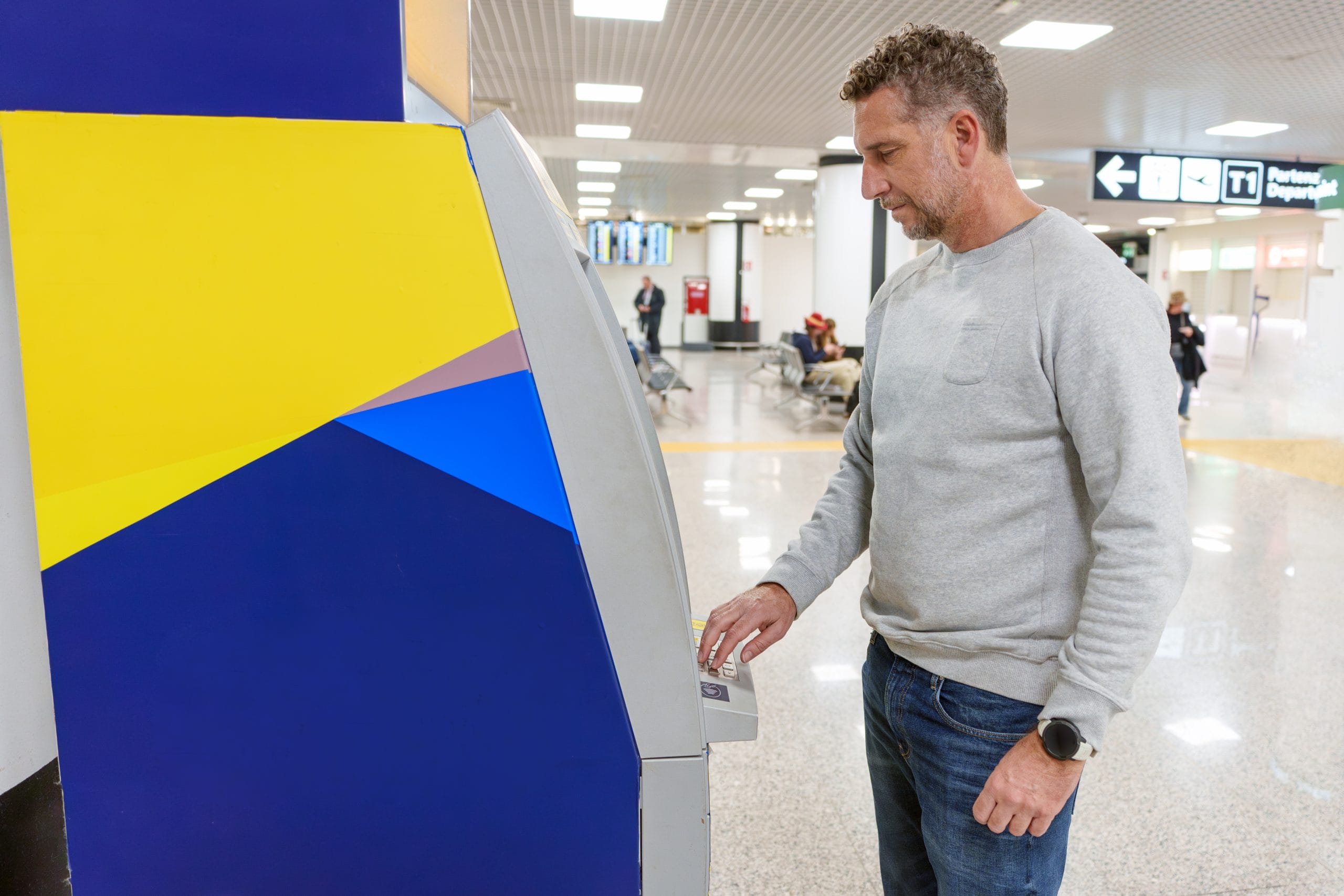


Kiosk Businesses Making a Comeback in Airports

For a while, it looked like kiosk businesses might fade into the background as digital commerce took over and large-format retail dominated airport terminals. But the opposite is playing out across major travel hubs. Kiosks are returning—and not just as quick snack stops or newsstands. They are turning into mini brand experiences, test markets, and even launchpads for new concepts.
Airports are once again becoming hot zones for kiosk innovation because they offer a captive audience, high foot traffic, and the chance for businesses to stand out in a space where consumer attention is already engaged.
What Makes Airports Ripe for Kiosk Growth?
Airports are unlike any other retail environment. Travelers are often early, bored, anxious, or spending time between connections—all of which means more openness to browsing and impulse purchases. Combine that with growing enplanement numbers post-COVID, and it is no surprise that airports are seeing renewed interest from entrepreneurs and established brands alike.
One key factor fueling this resurgence is the shift in airport authority strategy. Rather than focusing exclusively on long-term leases with major chains, many airports are carving out flexible kiosk opportunities for small and mid-sized operators. These deals often come with shorter commitments and lower startup costs, making them ideal for businesses looking to test new products or expand without overextending.
Changing Customer Expectations Inside Terminals
Today’s travelers are more diverse, informed, and selective than ever. They are looking for more than just basic retail or food options. They want discovery. That opens the door for kiosk operators who can offer something that feels distinct or hyper-relevant to the travel experience.
Take XpresSpa as an example. Once seen as a novelty, it has evolved into a wellness-focused brand that provides massages, facials, and even COVID testing services. While technically more than a kiosk, its modular setup in airports demonstrates how compact, purpose-driven businesses can flourish in constrained spaces.
Low Overhead, High Exposure
Kiosk businesses appeal to entrepreneurs because the economics are fundamentally different from traditional retail. There is less square footage, fewer employees, and minimal inventory requirements to get started. At the same time, the exposure level is massive. A kiosk in a high-traffic terminal may see more daily visitors than a street-side boutique in a major city.
This combination of low overhead and high visibility makes airport kiosks a surprisingly strategic channel. Whether the goal is brand visibility, product testing, or driving cash flow, kiosks allow businesses to operate with agility while accessing a national or even international audience.
For instance, Marlin Watches, a boutique timepiece brand, piloted a series of pop-up style kiosks at major airports before expanding into select retail partnerships. The feedback from travelers helped the company fine-tune its pricing and marketing strategy in real-time.
Airports as Product Testing Labs
Airports are now being viewed as living laboratories for retail experimentation. Brands can observe buyer behaviors, gauge interest in a new category, and interact directly with customers in a more personal setting. This can be particularly powerful for emerging businesses that want real-world data without committing to a full-scale launch.
With foot traffic returning to and even exceeding pre-pandemic levels in some hubs, airport vendors are now seeing renewed interest from venture-backed startups as well. One trend to watch is the rise of health-focused vending kiosks and on-the-go nutrition brands like Farmer’s Fridge, which blend vending machine convenience with kiosk-style branding and premium food offerings.
Entrepreneurs who once looked to pop-ups in shopping malls or festivals are now reassessing airports as viable points of entry—especially given the compressed competition and immediate exposure to thousands of people.

Tech Integration Has Elevated the Experience
Modern airport kiosks are more than just display carts. They now often integrate mobile ordering, contactless payments, QR-based engagement, and even AI-powered recommendations. This makes the customer interaction smoother and more relevant, especially for travelers in a rush.
ZoomSystems, known for its automated retail machines, has redefined kiosk automation in travel spaces. The company works with major brands to distribute electronics, skincare, and accessories through smart vending units placed in airports, hotels, and casinos.
This type of smart vending blends retail with tech and gives the illusion of a mini-store. And because of the streamlined model, many companies are able to operate multiple kiosks simultaneously without needing the staffing footprint of a typical storefront.
Local Flavors and Independent Sellers Get Their Shot
A significant trend in airport retail is the push to include more local vendors and artisan businesses. Travelers want a sense of place, and many airport authorities are now incorporating requirements or incentives to support regional products and brands. This creates new opportunities for small businesses that previously might have been priced out of the airport scene.
A handcrafted jewelry maker or a local snack brand may now find it feasible to operate a kiosk in a regional terminal. These businesses benefit not only from local sales but also from out-of-town travelers who bring the products home and share them, creating organic word-of-mouth growth.
Even major airports like Denver, Austin, and Portland are curating retail spaces that highlight local makers, independent authors, and niche beauty products. These curated kiosk spaces act like micro marketplaces and give travelers a break from national chains while giving small businesses a national platform.
Smart Kiosk Location Strategy Is Critical
While demand is rising, location still matters. Not all parts of an airport receive the same amount of foot traffic or dwell time. Terminals with longer layovers, international routes, or heavy morning flight schedules tend to yield better sales for kiosk vendors. Some kiosks do best when located near security checkpoints, while others perform stronger near food courts or gate clusters.
Entrepreneurs entering the space should work with airport leasing teams that can provide data on passenger flow, average dwell times, and seasonal spikes. Understanding these patterns can make the difference between a kiosk that just breaks even and one that becomes a profitable, scalable venture.
It is also worth exploring non-traditional airport spaces, such as walkways between terminals or even outdoor concourses in select cities. These areas may carry less competition and present unique branding opportunities.
Final Thoughts
Kiosk businesses are not just surviving in airports—they are thriving in new, creative forms. With lower startup costs, rising passenger numbers, and a hunger for unique retail experiences, airports have become a stronghold for both new entrepreneurs and established companies looking to expand in smart, strategic ways.
As air travel continues to evolve, the businesses that meet travelers with convenience, relevance, and a clear point of view will stand out. Kiosks offer a powerful way to do just that—without needing to build a full-scale storefront. For many brands, that makes the terminal more than just a place between destinations. It becomes the start of something bigger.





